Andy Warhol's Superhuman Portrayal of Fragile Women
The demigod of pop culture who mass-produced cliché commercial art
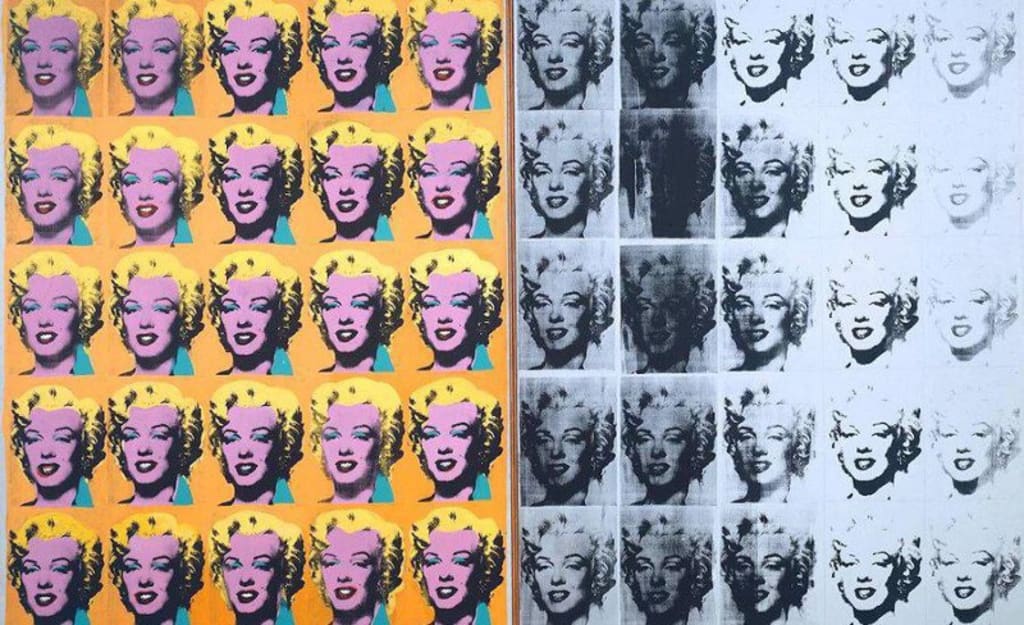
A Promethean (rebelliously creative) inventor and a receptive artist.
A painter who was never considered a serious artist but rather a commercial one.
And an artist who radicalized the art market by erasing a concept so important to western Art: "Uniqueness" and "Originality".
Andy Warhol is considered to be the demigod of "pop culture."
When critics dismissed his art, he kept on working on the things he rooted for.
Born in a Slovakian ghetto in Pittsburgh, he grew up with his poor immigrant parents. Obsessed with fame and celebrity at an early age, he would escape by devouring movie magazines and writing fan letters to movie stars. At 13, he wrote to Shirley Temple and received a signed photo - later found in his childhood scrapbook.
Since adulthood, he considered himself an ugly-looking swish (effeminate gestures) boy.
Warhol as an artist breached the wall between fine art and commerce. From early on in his career, he had an extraordinary ability to find the "sacred in the profane." In the 1950s, when his life reached an impasse personally and artistically, he was finessing his transformation from a commercial illustrator to a world-famous pop artist.
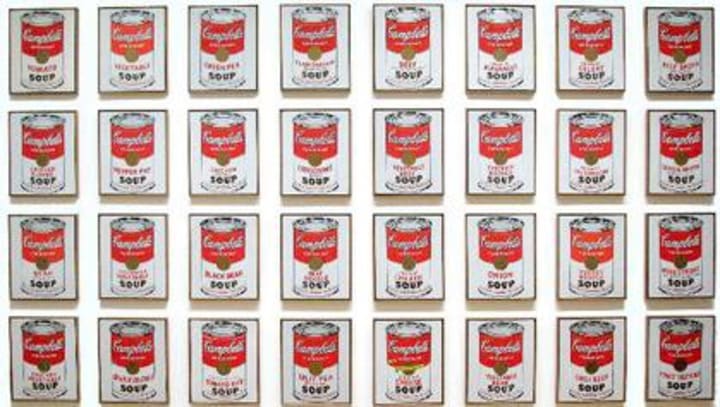
In 1962, he created Campbell's Soup Cans.
I mean who would think having a soup in a can?
In the age of advertising and television, Warhol hit the right bell. Campbell's chicken soup tells us about marketing, advertising and food distribution.
With his background in advertising, Warhol understood visuals. "I never read" he once said, "I just look at pictures".
Marilyn Diptych
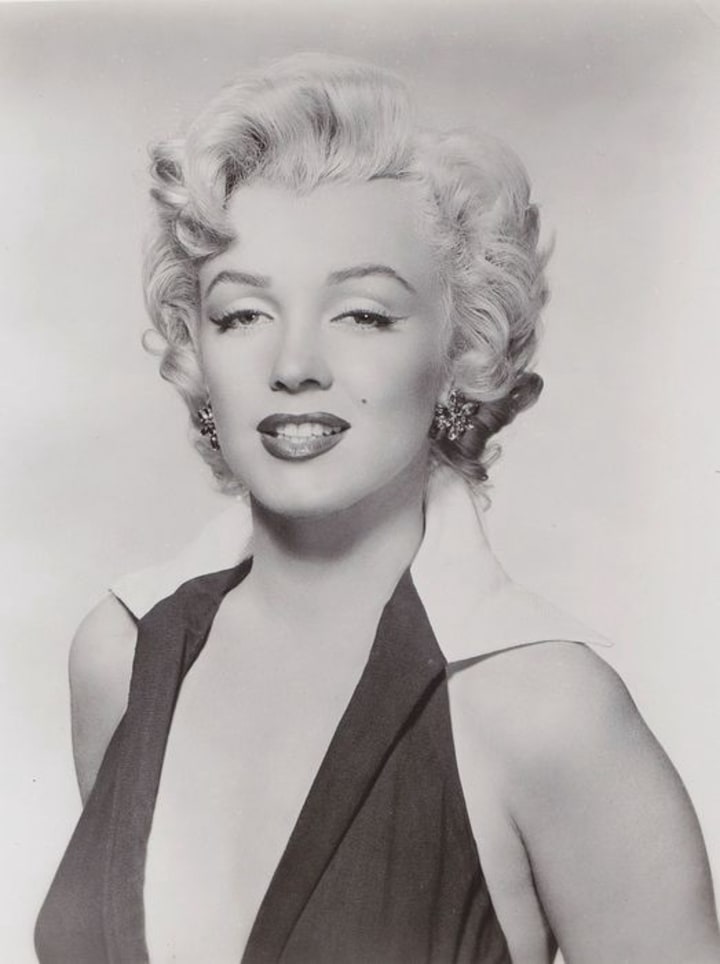
Warhol made Marilyn Diptych in 1962, right after Marilyn Monroe's death. Instead of choosing the image from the year she died, Warhol chose an image 10 years before, when Marilyn was at a peak of her beauty and youth.
Marilyn is the sex symbol of the 20th century. A seductive blonde with heavy-lidded eyes and parted lips - personified as the glamorous queen of Hollywood's Golden Age.
Both Warhol and Marilyn had a tough childhood and understood transformation. Marilyn was an abused foster child from the rural midwest, who transformed herself into Hollywood royalty. And Warhol was a shy, sickly, effeminate child of working-class immigrants, who transformed himself into the most famous and controversial artist of his generation.
Warhol was an early adopter of the silkscreen printmaking process where the background color comes first and then the usual drawing. A complete reversal of the usual order of painting. While Warhol didn't invent the photographic silkscreen process, he developed his own technique, by combining hand-painted backgrounds with photographic silk screen printed images.
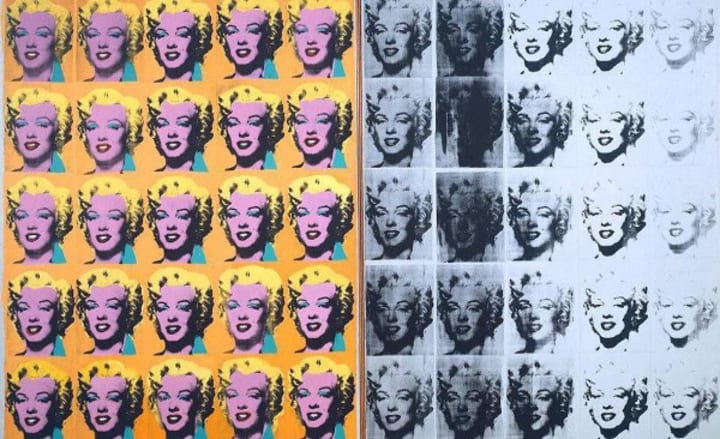
Marilyn Diptych is made up of two canvases painted silver.
He then silkscreened a photograph of Marilyn 50 times. The images on the left have five colors of under-paint: Pink - White - Blue and Orange. All are unified on both sides with a final layer of black.
Although it would have been easy for Warhol to make a crisp clean image, the bleeding of the ink and overlapping of colors were deliberate choices.
Whether it was Warhol's stars or the timing of Marilyn's picture, the painting cemented his reputation as "The Prince of Pop art".
Nine Jackies, 1964
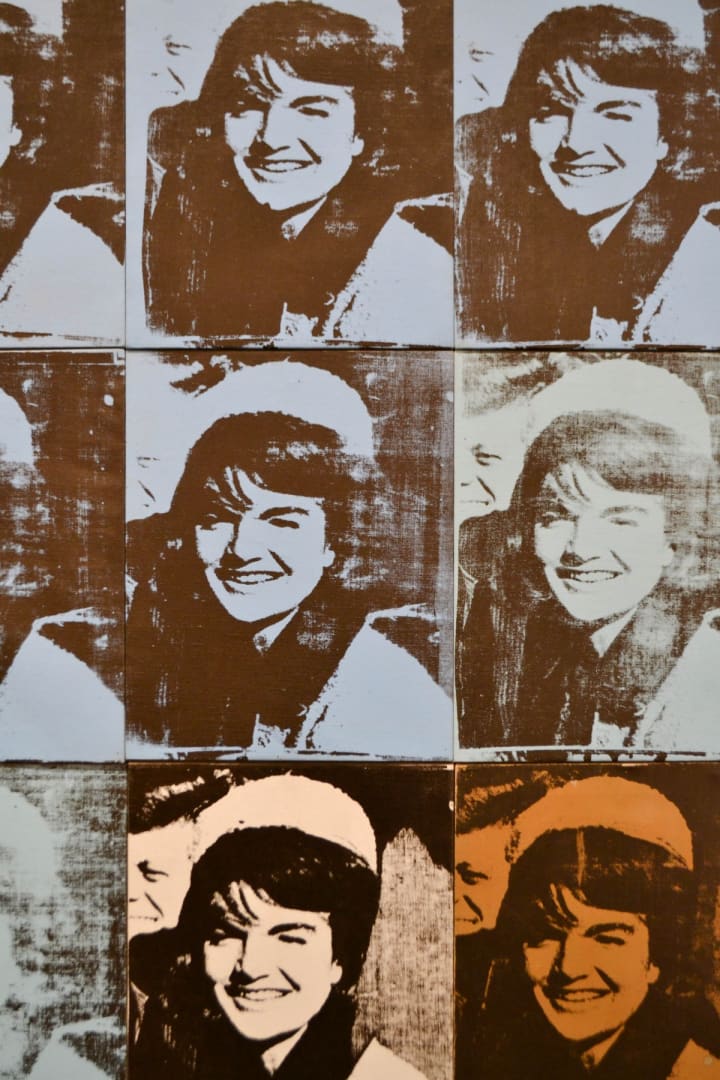
Jackie Kennedy wasn't a movie star but she was America's royalty: young, glamorous and regal. Being the First lady of the United States as the wife of President John F. Kennedy, she influenced the way an entire generation of American women wanted to look, dress and behave.
Following the assassination of President Kennedy, Jackie received ubiquitous coverage and the public was obsessed with the tragic event.
Warhol silkscreened the smiling Jackie repeatedly a few moments before the assassination and juxtaposed it with the griefed Jackie when her husband's flag-draped coffin was brought to the Capitol.
Brigitte Bardot, 1974
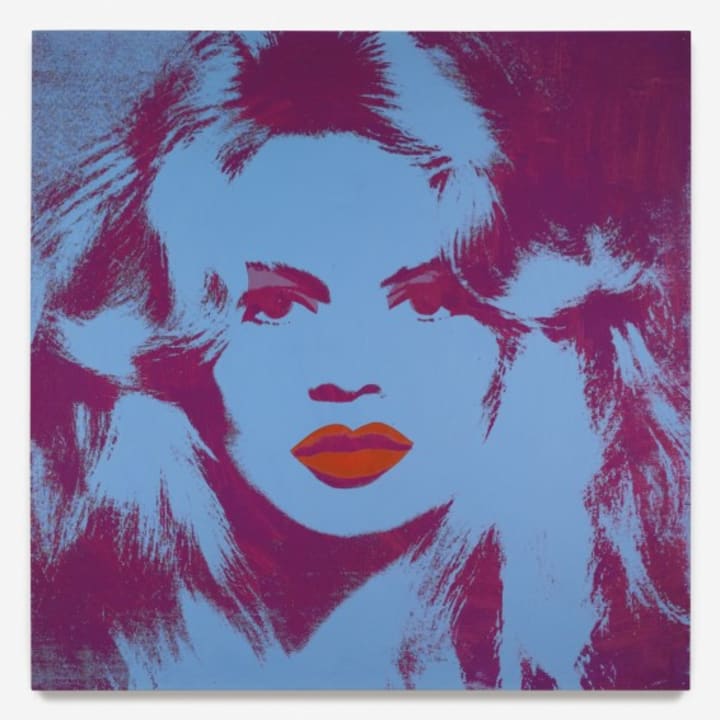
Brigitte Bardot became famous for her sensual and glamorous portrayal. Even though her real life was not immaculate as her "reel" life, Warhol packaged her life in a voluptuous portrait where she might be the queen and the world rots around her.
Lastly
When Warhol died, it was revealed that he was a devout Catholic. Despite being the face of America's counter-culture, he kept an altar with a crucifix and a prayer book on his bedside table.
Andy idolized women, especially those who appeared as remote superhuman beauties. In reality, their life was broken and shattered.
His friend, Bob Colicello, described Warhol as "a religious artist for a secular society."
References-
1. The Life of Andy Warhol (documentary - part one)
2. Andy Warhol's Marilyn Diptych: Great Art Explained
3. Andy Warhol review – sex, drag, the Velvets and 50 Marilyn Monroes
If you like my articles, consider subscribing to my Youtube channel Frame of Reference.
About the Creator
Kamna Kirti
Art enthusiast. I engage with art at a deep level. I also share insights about entrepreneurship, founders & nascent technologies.
https://linktr.ee/kamnakirti
Reader insights
Nice work
Very well written. Keep up the good work!
Top insight
Eye opening
Niche topic & fresh perspectives



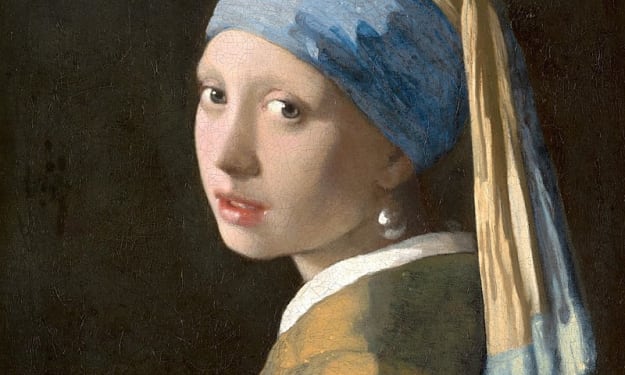



Comments
There are no comments for this story
Be the first to respond and start the conversation.